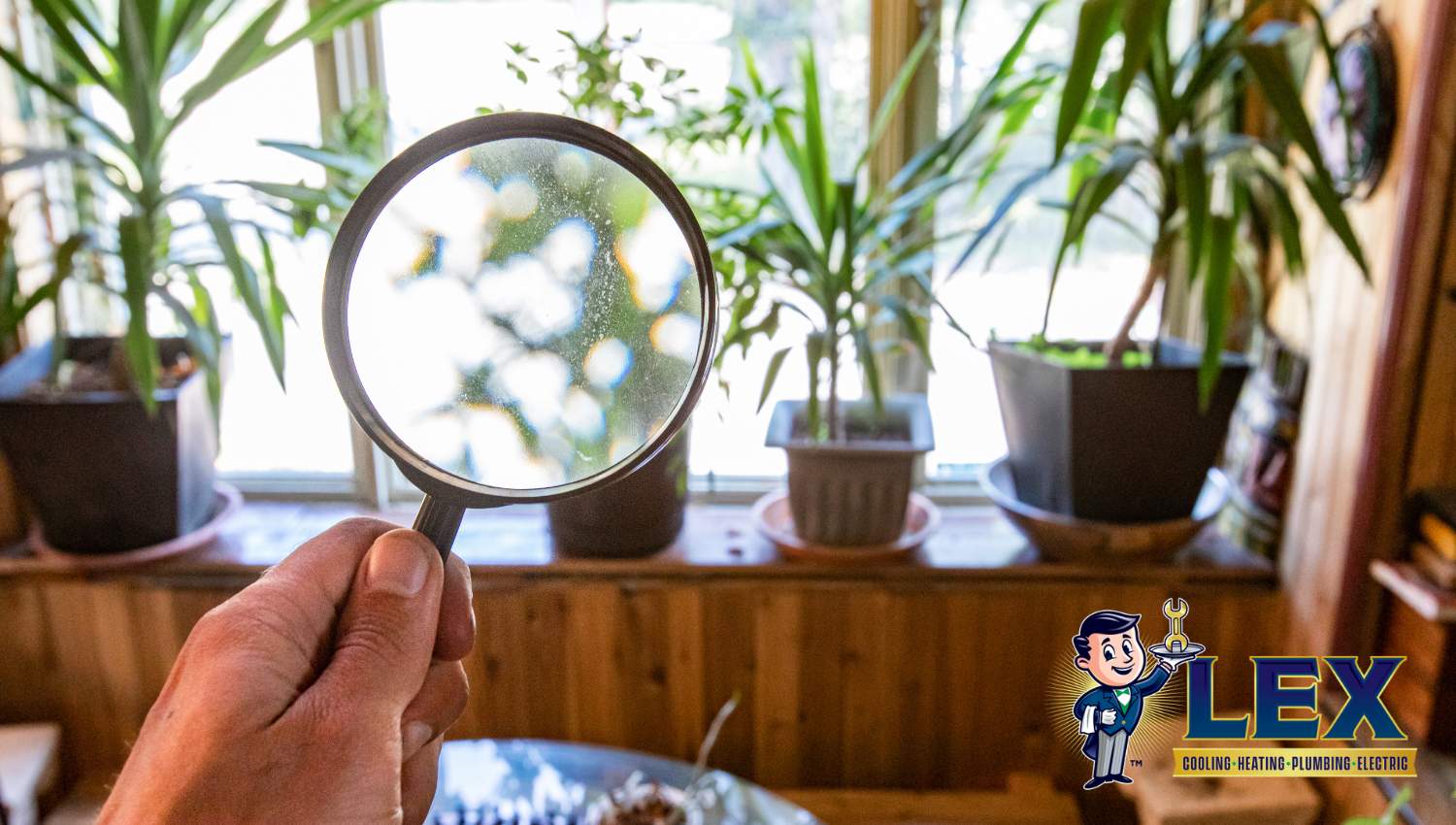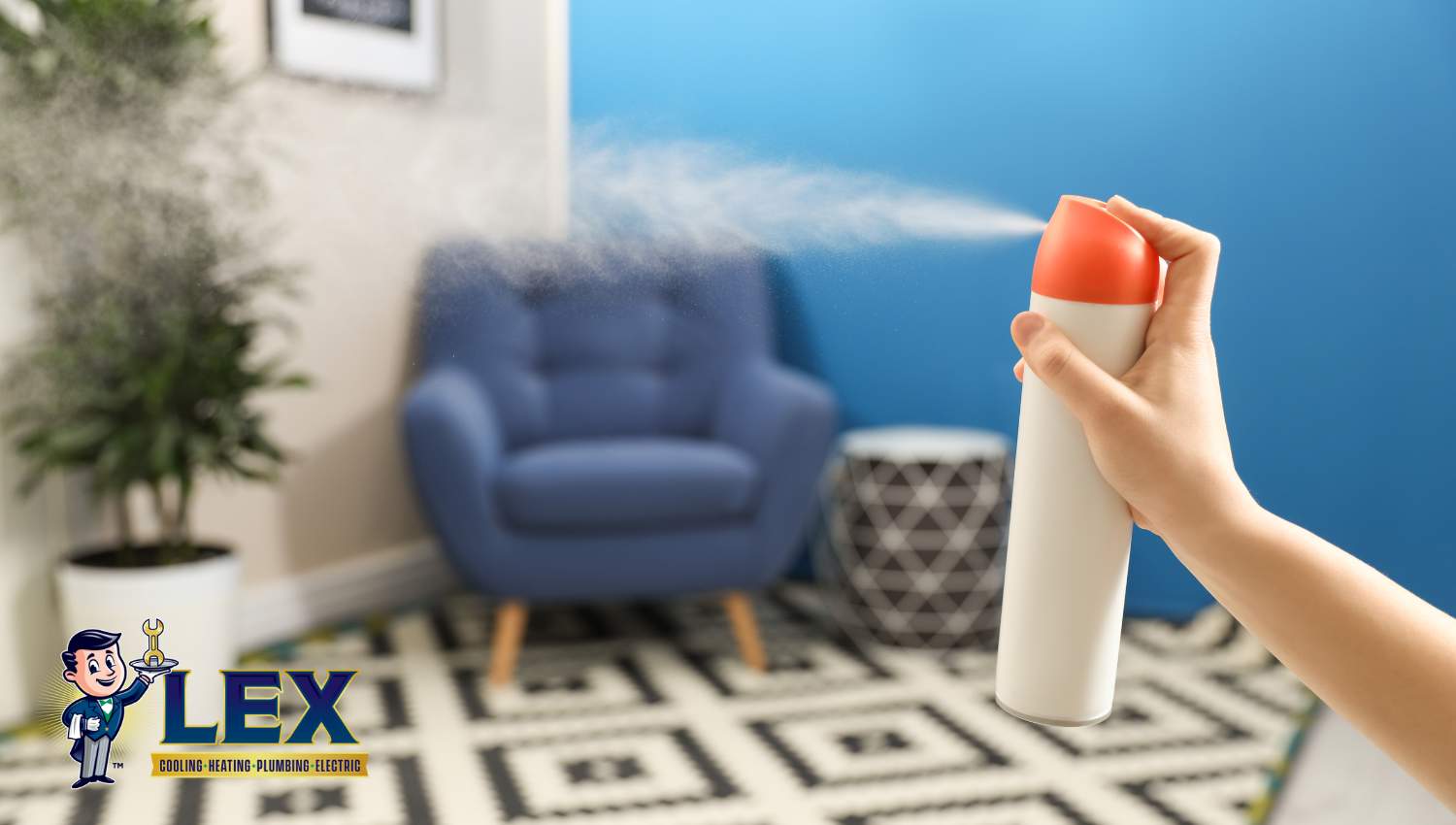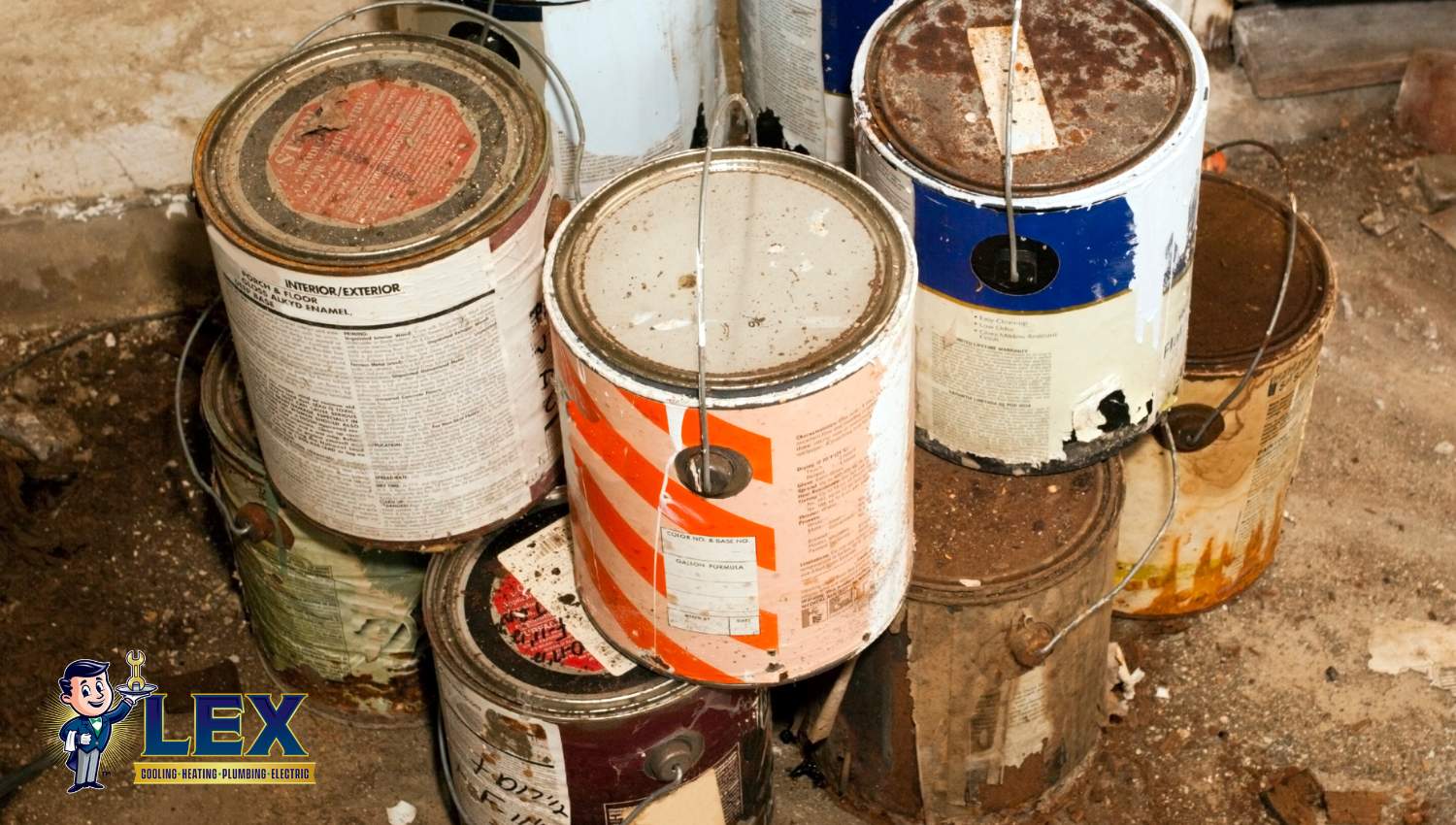What are VOCs?
VOCs refer to Volatile Organic Compounds, which are a group of organic chemicals that have high vapor pressure and low water solubility. Many VOCs are used as ingredients in household products due to their ability to quickly evaporate into the air under normal indoor atmospheric conditions. Unfortunately, a high level of VOC concentrations in indoor settings can lead to potential health risks.
VOCs are commonly found in a range of everyday products such as paints, aerosol sprays, and many cleaning products. These products often contain harsh chemicals such as ethylene glycol, benzene, methylene chloride, and formaldehyde, all of which are considered VOCs, and may result in adverse health impacts for those who breathe them in.
These compounds are found not only in liquids but also in certain solids which can release VOCs into the indoor environment through a process called off-gassing. This process occurs when volatile organic compounds from solid or liquid products are released into the air and the concentration of these gases builds up indoors.
Since most VOCs come from man-made sources, controlling their presence in the home or workplace is crucial for maintaining good indoor air quality and reducing potential health effects.
Common Sources of Volatile Organic Compounds
You may find that you currently own and even regularly use a large number of products and materials that are infamous for emitting VOCs. Some of the most common sources of VOCs include:
- Paints and Lacquers: These products release VOCs not just during application but also while drying, although many low-VOC options are now available
- Cleaning Supplies: Many household cleaning agents contain VOCs that can be released during use and even while being stored.
- Building Materials: Materials such as plywood, particleboard, and pressed wood products often contain adhesives that emit VOCs.
- Carpeting: New carpet and the adhesives used to install it can off-gas VOCs for a period after installation.
- Vinyl Flooring: This type of flooring can release VOCs from the material itself and from the adhesives used to lay it down.
- Upholstery and Fabrics: New furniture and textiles, especially those treated with stain repellents or fire retardant chemicals, can emit VOCs.
- Air Fresheners and Scented Products: These often contain VOCs that can evaporate into the air when used.
- Cosmetic Products: Items such as nail polish, nail polish remover, hair sprays, and other personal care products are significant sources of VOCs.
- Office Equipment: Printers, copiers, and correction fluids can emit VOCs during use.
- Automotive Products: Oil, gasoline, and exhaust contain VOCs that can accumulate in garages and attached structures.
Health Risks Associated With VOC Exposure
Exposure to harmful VOCs can lead to a range of potential health problems, particularly when individuals are exposed to high levels of VOCs over long periods of time. Common symptoms associated with VOC exposure include eye, nose, and throat irritation, headaches, and dizziness. These symptoms are often the first signs that the indoor air quality may be compromised. Over time, more severe health issues can develop, especially in individuals with pre-existing respiratory conditions like asthma.
Chronic exposure to certain VOCs can also lead to more serious health effects, including damage to the liver, kidney, and central nervous system. Some VOCs are even suspected or known to cause cancer. As such, effective ventilation, choosing low-VOC products, and regular monitoring of indoor air quality are crucial steps in reducing the risk of health complications associated with prolonged VOC exposure.
What Can You Do To Help Reduce the Amount of VOCs in the Air?
Reducing the amount of volatile organic compounds (VOCs) in your home and/or business is essential for maintaining healthy indoor air quality. Here are several practical strategies to minimize VOC levels and ensure your living environment remains safe and comfortable.
Seal Up
One effective method for reducing the presence of VOCs in your home is through source control, which involves properly sealing products that emit these compounds. Common sources of VOCs include paint cans, gasoline, aerosol containers, cleaning supplies, and pesticides. While it’s not necessary to completely eliminate the use of these items, it is crucial to keep them well-sealed. Ensure that all containers are tightly closed to prevent leakage and avoid storing open containers in your living spaces.
Alternate Storage
Alternate storage is another great way to keep unused chemicals out of your home. Many of the VOC-heavy products can be stored outside in a separate garage or shed that’s been properly sealed off from your home. Keeping them away from your home can dramatically lower the amount of VOCs in your home.
Even when you store products in a separate storage area, you still want to be sure that your items are properly sealed. Improperly sealed containers in a small space can lead to a buildup of VOCs that can make you feel sick when you enter it. Plus, if that area is attached to your home, like your garage, you need to be sure to test your home’s insulation around the garage door to make sure those airborne chemicals can’t leak back into your home.
Clean Green
Many home cleaners, such as disinfectants and stain removers, include a damaging amount of VOCs. These VOC-emitting products contain harmful chemicals that can irritate sensitive lungs and are linked to serious health concerns like cancer and asthma.
Luckily, it’s fairly easy to find low VOC cleaners nowadays and many companies are putting out cleaners for more sensitive homeowners. You can also create your own VOC-free cleaners in your home, which is a great way to not only reduce VOCs but also customize your cleaners with fun organic scents. Common household items that work well as cleaners include baking soda and vinegar. Making this switch can lower VOC levels and improve your overall air quality.
Increase Ventilation
Increasing ventilation by letting fresh air into your home is crucial for enhancing indoor air quality and reducing VOC levels. By opening windows or using energy recovery ventilators and/or exhaust fans, you can replace air that may be laden with VOCs from household products like craft supplies, cleaners, and pesticides, with fresh outdoor air.
In addition to open windows and helpful ventilation devices, keeping your HVAC system active can also help regulate VOC concentrations and help keep humidity levels in your home low, which is important because VOCs can attach themselves to moist air and make the buildup more noticeable.
Freshen Up
Many homeowners try to mask the scent of VOCs with chemical air fresheners, but unfortunately, these often include VOCs themselves which leads to even higher levels in your home. Aerosol fresheners and plug-in scents can both lead to an increase in VOCs, so the use of these should be limited if not completely restricted.
There are plenty of ways to make your home smell nice without resorting to chemical options. Diffusers, candles, air purifiers, and homemade aromatherapy solutions can improve the smell of your home without affecting your air quality. Another popular, scent-free way to reduce home smells is using baking sodas, charcoal, or coffee beans.
Additional Tips for Improving Indoor Air Quality in Your Carrollton Home
Here are some additional tips and strategies to enhance the indoor air quality in your Carrollton home and minimize exposure to VOCs:
- Regular Cleaning: Maintain a regular cleaning schedule to remove dust and other particles that can adsorb VOCs. Use microfiber cloths and mops to capture more particulates without needing chemical cleaners.
- Monitor Humidity Levels: Use dehumidifiers or your HVAC system to keep indoor humidity levels between 30% and 50%. Lower humidity can reduce the concentration of VOCs in the air.
- Choose Low-VOC Products: When purchasing items such as paints, solvents, and cleaning products, opt for those labeled as low-VOCs or no-VOCs to reduce the emission of harmful chemicals.
- Inspect and Update HVAC Filters: Regularly change your HVAC filters to ensure they are effectively removing particles and not contributing to poor indoor air quality.
- Minimize Carpeting: Carpets can trap and release VOCs. Consider choosing hardwood or tile flooring and use washable area rugs that can be cleaned easily.
- Ensure Proper Ventilation During Renovations: If you’re painting or remodeling, make sure to keep the area well-ventilated during and after the work to allow gases from new materials to dissipate.
- Minimize Use of Dry Cleaners: Reduce reliance on dry cleaners, as the chemicals used can introduce VOCs into your home through clothing. If you do use dry cleaning, allow your clothes to air dry outside for a few hours before bringing them back inside.
- Opt for Secondhand Furniture: Opting for used furniture over new furniture can help limit VOCs in your home, as used items typically have already off-gassed most of their volatile organic compounds.
- Incorporate Houseplants: Consider using houseplants to keep the air in your home clean so long as you don’t have any household members who may be sensitive to plants in the home. Ferns, spider plants, and fig plants make great air cleaners.
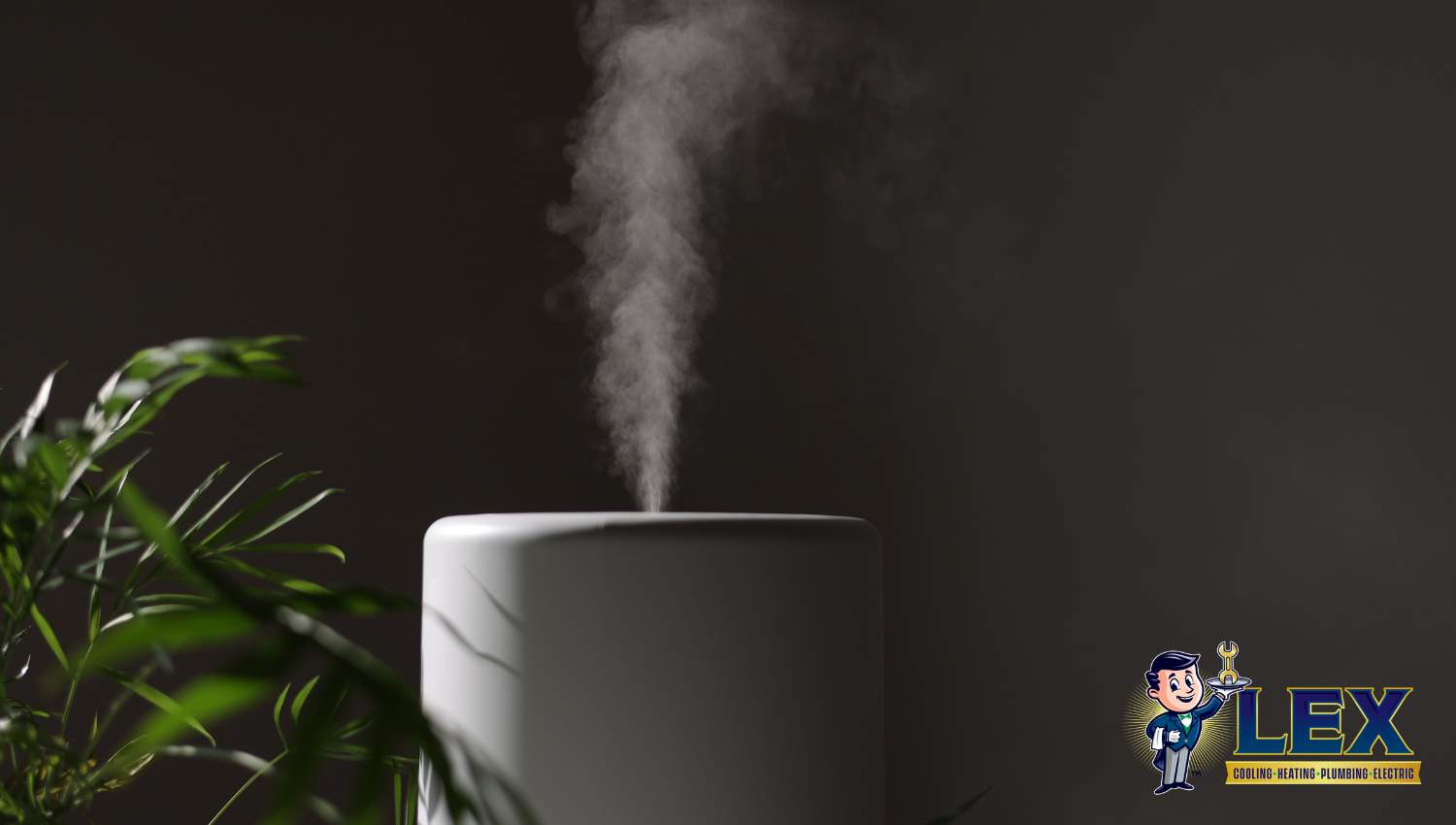
How the HVAC Pros at Lex Air Conditioning and Heating Can Help
Reducing the presence of volatile organic compounds (VOCs) in your home is not just a matter of maintaining indoor aesthetics—it’s a crucial step towards protecting the health and well-being of everyone in your household. By choosing low-VOC products, enhancing ventilation, and adopting other VOC-reducing practices, you can significantly improve the air quality in your living space.
If you want to reduce VOC levels in your home, the Carrollton indoor air quality experts at Lex Air Conditioning and Heating can help find solutions for you. Give us a call at (972) 217-8955 or contact us online to set up a consultation with an experienced HVAC service professional on our team today!

